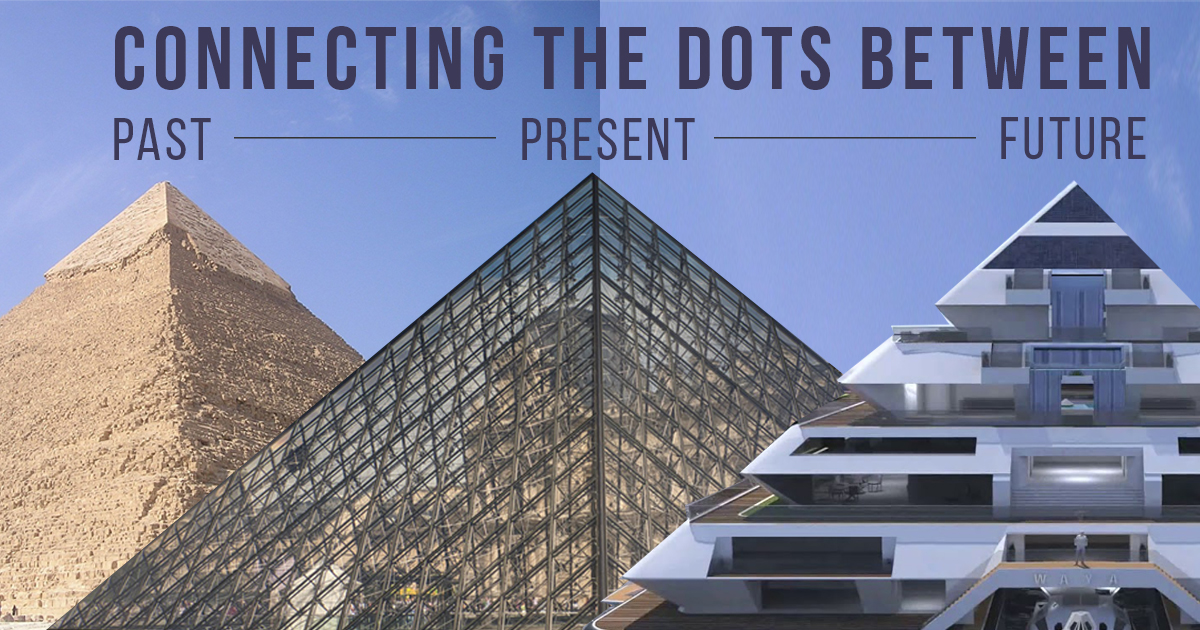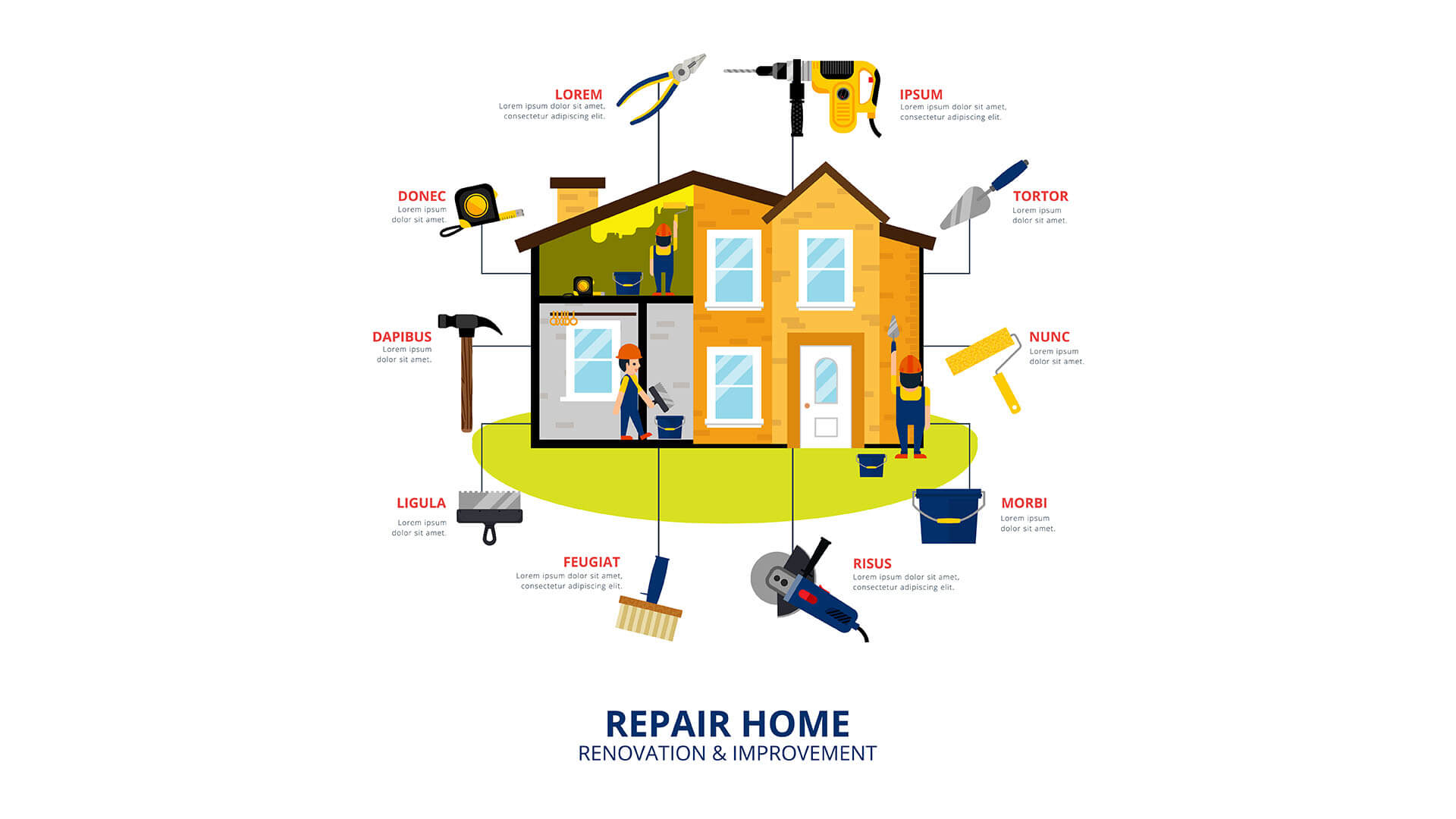Contemporary architecture continuously evolves, reflecting new technologies, materials, and societal needs. This evolution significantly impacts our living spaces, transforming not just how buildings look but how they are built. In this exploration, we delve into the transformative building techniques shaping modern architecture.
Embracing Sustainability and Eco-Friendly Practices
In recent years, architects have increasingly focused on sustainability. This shift sees a rise in eco-friendly materials and energy-efficient designs. Buildings now frequently incorporate solar panels, green roofs, and natural ventilation systems. These innovations not only reduce environmental impact but also enhance living conditions.
The Digital Revolution: From Design to Construction
Digital technology revolutionizes contemporary architecture. Computer-Aided Design (CAD) and Building Information Modeling (BIM) streamline the design and construction processes. These tools enable precise and efficient planning, reducing errors and material waste. Moreover, they foster collaboration among architects, engineers, and builders.
Innovative Materials Shaping the Future
The exploration of new materials drives architectural innovation. Self-healing concrete, aerogels, and transparent aluminum are just a few examples. These materials offer enhanced durability, sustainability, and aesthetic possibilities, pushing the boundaries of traditional architecture.
Leveraging Modern Construction Techniques
Modern construction techniques, such as modular and prefabricated construction, offer speed, efficiency, and flexibility. These methods reduce on-site construction time and waste, exemplifying how modern techniques can streamline the building process.
The Role of Automation and Robotics
Automation and robotics are increasingly prominent in construction. Drones, robotic arms, and automated bricklaying machines improve efficiency and safety. These tools allow for intricate designs and structures that were once impossible or too costly.
Integrating Smart Technology in Building Design
Smart technology integration is becoming standard in contemporary architecture. Automated lighting, heating, and security systems contribute to more efficient, comfortable, and safer living spaces.
Balancing Aesthetics and Functionality
Contemporary architecture seeks a balance between aesthetics and functionality. Innovative designs not only look visually striking but also cater to the inhabitants’ needs. This balance is crucial in creating spaces that are both beautiful and practical.
The Impact of Global Trends on Local Architecture
Global trends significantly influence local architecture. However, successful contemporary architecture also respects and integrates local cultures and traditions. This fusion creates unique, culturally relevant designs.
Conclusion
The evolution of building techniques in contemporary architecture reflects a blend of technology, sustainability, and creativity. These innovations not only shape the skyline but also redefine our relationship with our living spaces. To further explore the intersection of technology and architecture, consider reading “The Entrepreneur’s Journey: Building and Sustaining a Successful Business”, which offers insights into how technological advancements influence various sectors. Additionally, for a broader perspective on balancing professional and personal life while embracing these changes, “Mastering the Art of Work-Life Balance: Strategies for a Fulfilling Lifestyle” provides valuable tips. Lastly, an external authoritative source offers a deeper dive into the latest architectural innovations: visit this comprehensive architectural resource.




